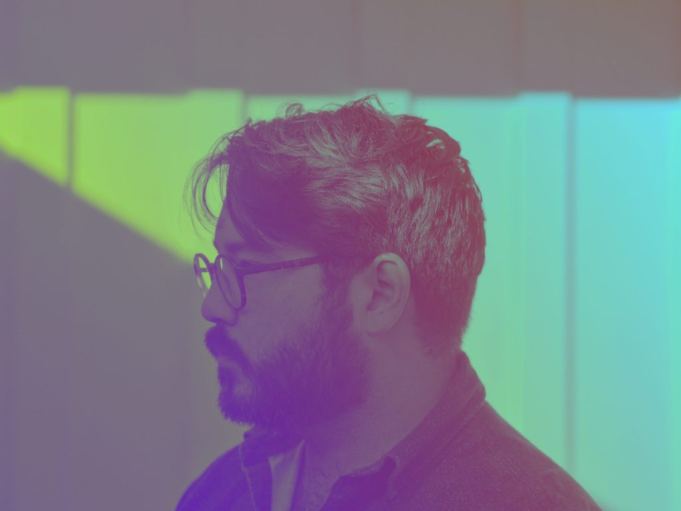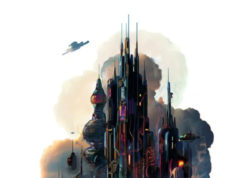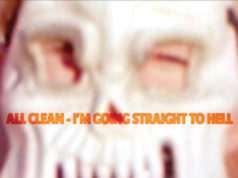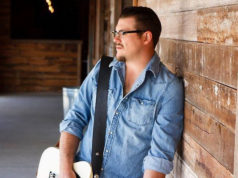The cross-section of art and science is not often obvious, but whether it’s the hypnotic beauty of the Fibonacci Sequence’s recurring presence in nature or the terrifying, horror movie soundtrack synthesis of the sound of the sun, the seemingly contrasting disciplines have always been intertwined. Extraordinary things happen when the junction between art and science is highlighted.
On Friday at the UTA Planetarium, a special program using the theater’s intelligent projection system that explores the vastness of the universe in stunning detail will be accompanied by the empyreal sounds of ambient artist Tum Sun.
“I have always loved nerdy science stuff and believe there are so many opportunities to blend science and art in an accessible way,” said Tiffiny Costello, a UTA physics major and an event co-organizer. “The STEM world is becoming more STEAM, with the ‘A’ standing for ‘art.’ It can also be called ‘sci-art.’ I also love creating events that are experiential.”
Costello was inspired by a similar planetarium event last fall which featured live improvised music by local singer-songwriters Jacob Furr and Ryan Tharp and jazz fusion producer Clint Kirby. As an ambient artist herself, performing under the name Housekeys, Costello felt the somewhat unfamiliar subgenre would lend itself particularly well to such an immersive presentation.
“Ambient music is a bit of an elusive genre,” Costello said. “I don’t know exactly how to explain it other than ‘wordless music, sort of like a film score.’ Usually there is no singing, and the music is meant to emote an atmospheric experience. It can range from droning to ethereal and emotional violins and pianos to synthesizers and even loud guitars and drums. It all has a contemplative vibe.”
Costello, along with Tum Sun and Planetarium Coordinator McKenna Dowd, worked to map out the sequence of the visual programming to coincide with the general flow of the night’s written music.
“It’s all very intuitive,” Costello said of the software guiding the projections. “You can pull up all these exact locations within the observable universe, as well as specific dates or times in history. You can visit nebulas, supernovas, fly by planets, orbit around Pleiades — basically anything. It’s so cool!”
The organizers hope the show marks the beginning of a series and that the unconventional venue will expose attendees to exploring new music as well as the heavens.
“With so much live local music taking place in bars late at night, only one small portion of the music-going audience is targeted,” Costello said. “By thinking outside the box and hosting shows earlier, in nontraditional venues, more folks can attend these shows as well as participate in the local music scene. Keeping art and music accessible helps inspire future artists.”












